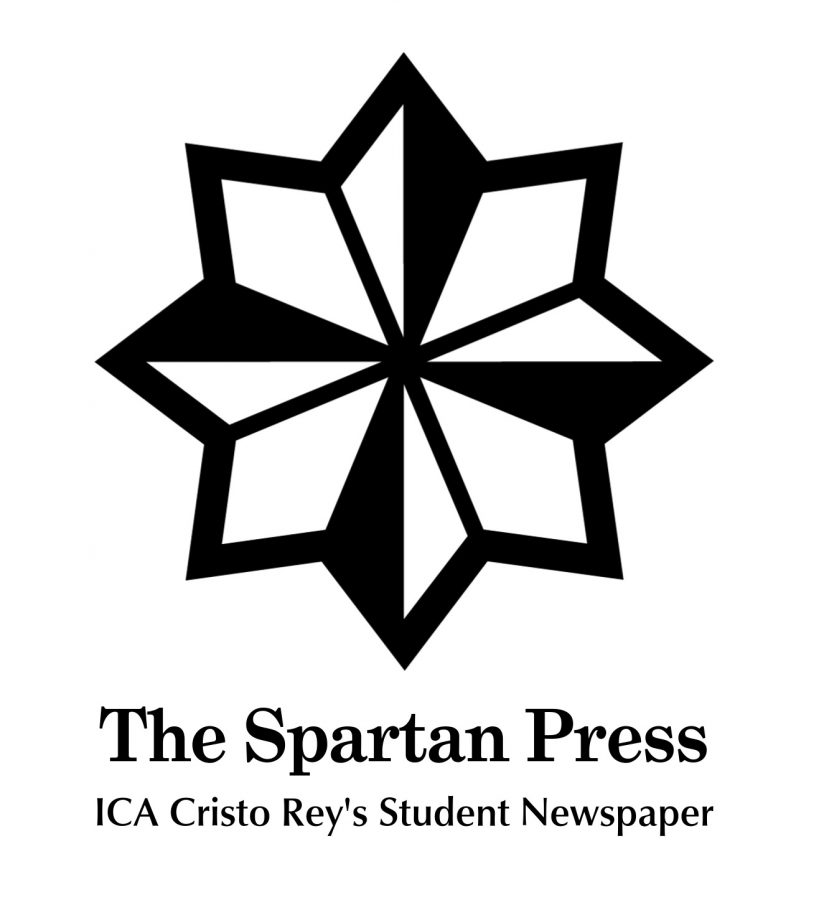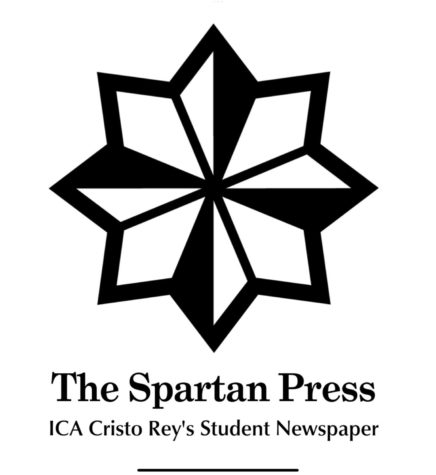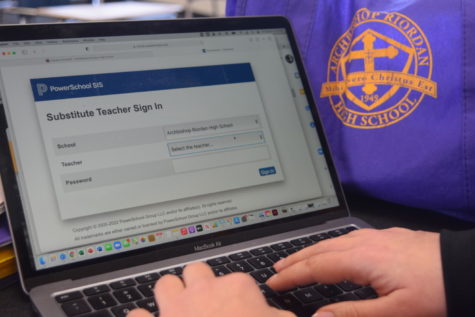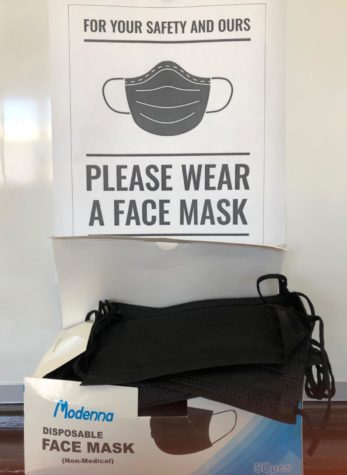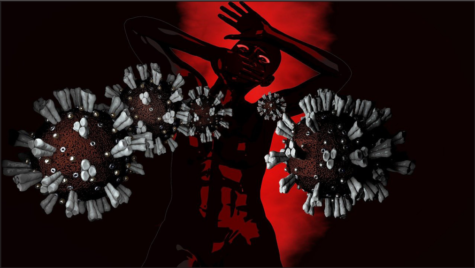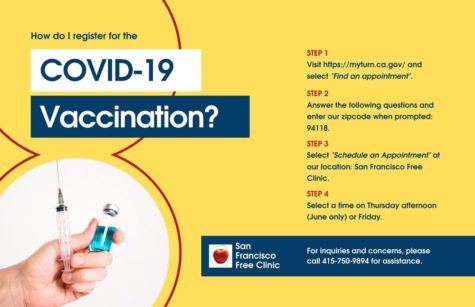Spartan Spear: Vaccine Rollout
April 23, 2021
President Joe Biden stated that by April 19 up to 90 percent of adults in America will be eligible for COVID-19 vaccination, and that up to 90 percent of people will live within a five mile radius of a vaccination center within three weeks. This message brings hope to many, over a year after COVID-19 hit the U.S. However, the U.S. must prioritize marginalized communities and heed caution for the rollout to be effective.
In the Bay Area, things have a slightly more positive outlook than nationally or even statewide. Average cases went from about 500 during the week of March 15 to 451 during the week of March 22. This is a change from the steep decline from January to March, and there are many factors to consider: vaccination rates, changing restrictions, and new variants. Some experts are optimistic that cases will continue to fall, but others are worried this plateau could indicate a future increase.
Eighteen states have lifted their mask mandates, and many have softened their social distancing guidelines, but as experts suggest, this could lead to a rise in cases. California, and San Francisco specifically, cannot afford for this to happen. Crowds have begun gathering in places such as Dolores Park and Fisherman’s Wharf.
Some data shows that young, unvaccinated people account for a growing portion of COVID-19 cases in hospitals, and this suggests that the vaccines have been protecting the vaccinated elderly. While the vaccine increases people’s confidence in an end to the pandemic, the vaccination rollout has to be paired with adequate restrictions and guidelines in order to be as effective as possible.
Data also shows that black and Latino communities in San Francisco have been continuously hit the hardest by the pandemic. While San Francisco has praised itself for its handling of the coronavirus, some ignore the troubling disparities and inequity that the city’s communities of color face. In December, the Mission Local reported that Latinos in San Francisco were 5 times more likely to contract coronavirus in comparison to other residents.
According to data from the CDC, California is amongst the five worst states regarding vaccination equity. While Governor Newsom celebrated a “record-breaking week” for vaccinations on March 21, black residents account for a mere 3 percent of inoculations in California. According to data from the San Francisco Department of Public Health, the city’s wealthiest areas tend to be the most vaccinated. This highlights an overarching problem that California and San Francisco face.
Historically, San Francisco has prided itself on its values of progressiveness. The stark disparities that the city has witnessed from COVID-19 and vaccination rollouts do not surprise many residents. Fortunately, people are fighting for vaccination equity. California is now operating on a plan to allocate 40 percent of its doses to ZIP codes with the lowest average income, and the Biden administration has launched a campaign to centralize vaccination efforts through a localized community-based approach.
In response to a new vaccination center at the Third Baptist Church, Jonathan Butler, Executive Director of the SF African American Faith-Based Coalition, said, “This is exactly the message that we are trying to send. Bring the vaccine to the community. Let the church, let the community actually do the work.”
Many factors go into the disparities of the COVID-19 pandemic: job insecurity, job type, lack of insurance, higher rates of comorbidities, different needs for transportation, crowded living situations, lack of patient-doctor trust, and more. While actively targeting those affected by these situations for vaccination can help fight the spread of COVID-19, these are issues that need to be addressed in the long term. The inequity that San Francisco and California are currently facing during the vaccine rollout process cannot be treated as an exception to an otherwise untarnished record.


